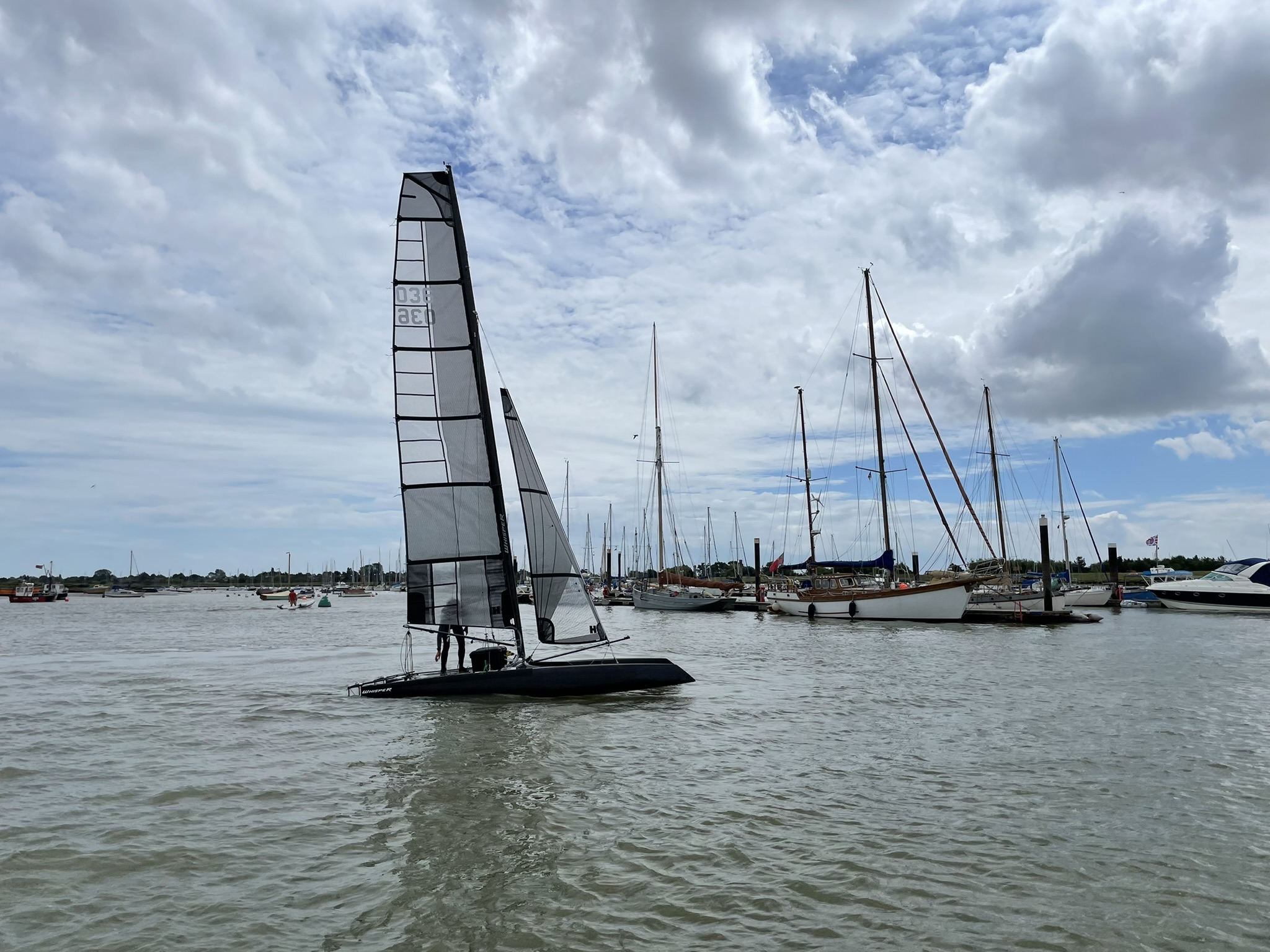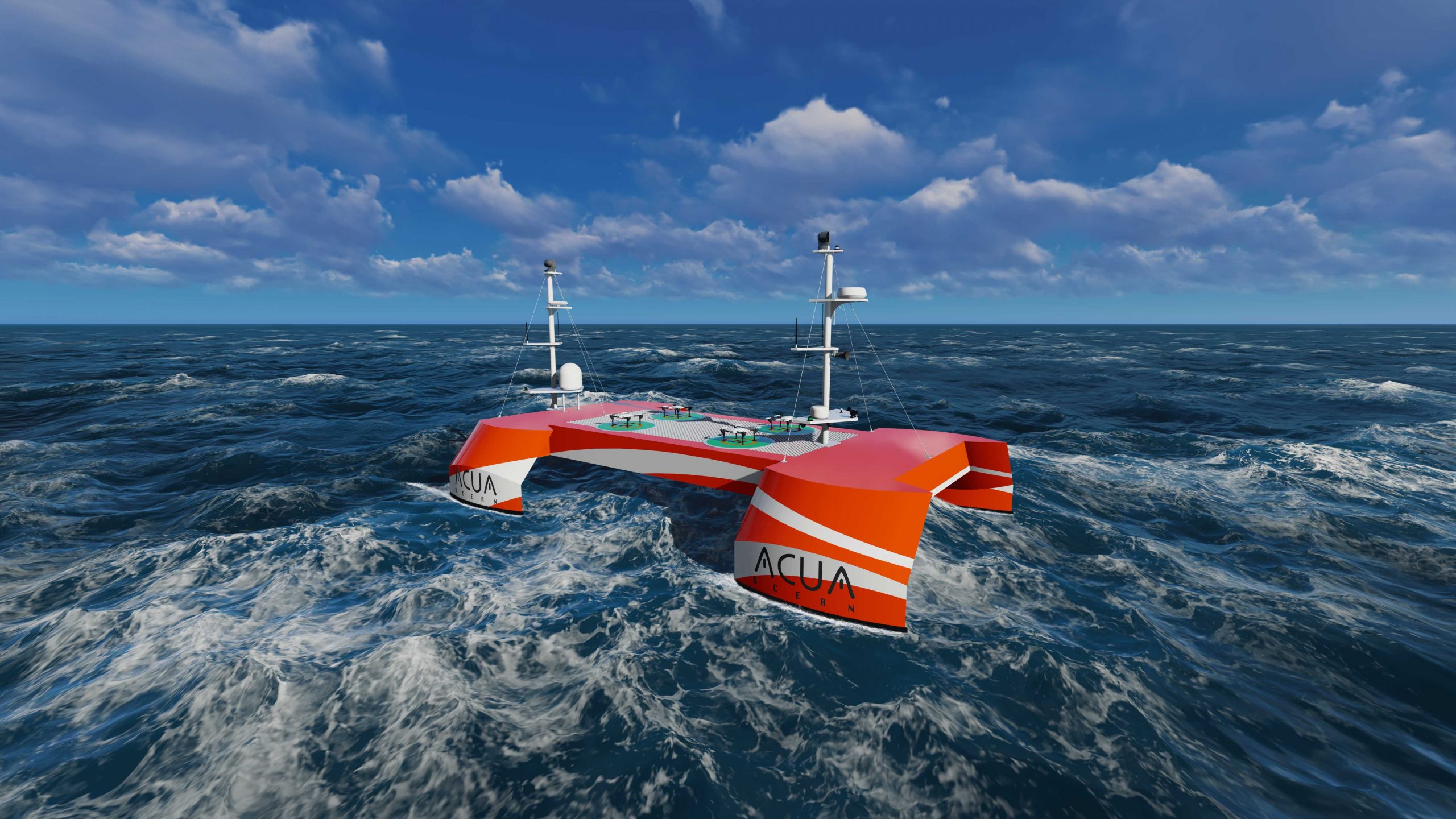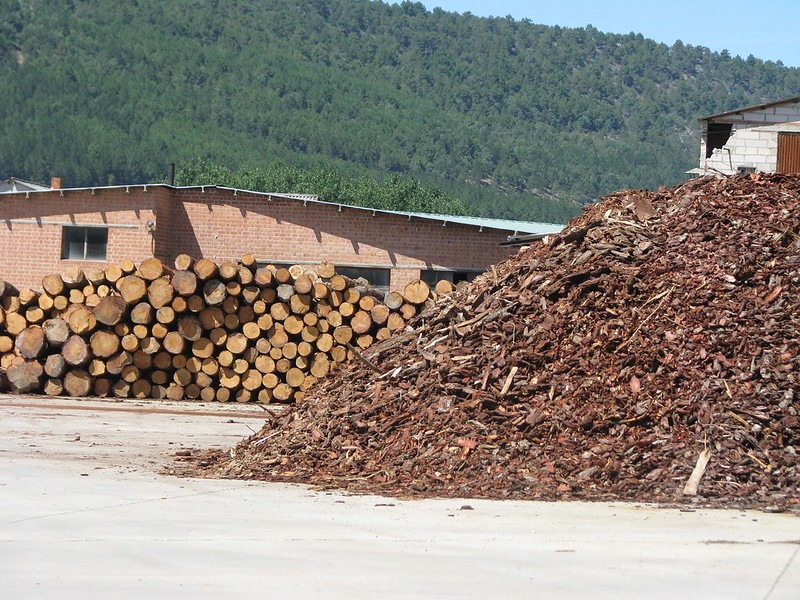How Has A Flying Yacht Exceeded Hydrogen Expectations?

Green hydrogen gas has been successfully produced using a purpose-built hydrofoil sailboat in sea trials. Hydrogen Industry Leaders looks at what is said to be the world’s first flying yacht to produce green hydrogen and why this innovation is needed.
DRIFT Energy’s sea trials of the energy yachts took place off the coast of Brightlingsea in Essex earlier this month and produced approximately six litres of green hydrogen over a two-hour test run.
The company has said that the trials were so successful that the energy yacht outperformed expectations and could have produced over ten times more of that green renewable gas.
Focusing not only on ocean-class vessels that create electricity, which is then converted to hydrogen but DRIFT also leverages data to find optimal wind speeds to create, store and distribute the hydrogen.
The Boat Can Produce Green Hydrogen Through The Power Of Wind
Hydrogen Industry Leaders spoke to Founder and CEO of DRIFT Energy, Ben Medland, about the sailboat and how it can produce green hydrogen at sea using just the power of the wind.

Ben Medland, Founder & CEO, DRIFT Energy
Ben began by explaining how the sailboat works: “You’re looking at a sailboat, it is millennia-old technology that is just brought up to date, but unless you are keen on this stuff, you wouldn’t usually see one that flies.
“The point of it flying is that it enables the boat to go faster, and it reduces the water drag. That enables us to sail the boat faster.
“The second thing that is unique about this boat is that we have a turbine that is being dragged through the water.”
He continued to explain that the turbine is effectively a propeller in reverse, so rather than pushing the boat forwards, it is being dragged by the boat through the water. It generates electrical energy, which then is fed into an electrolyser and turned into hydrogen.
Retrofitting Is Used To Be As Sustainable As Possible
DRIFT is looking at everything from how it can build the boat sustainably and with recyclable materials. Ben told Hydrogen Industry Leaders: “We are thinking about how we can limit the amount of impact in our production, how we can improve the performance of each of the vessels and how we can make the boat greener.”
We want to go around the world sailing a boat but leave nothing behind but oxygen, that is the goal.
Ben revealed that a way in which the company are using sustainable practices is through retrofitting: “We bought second-hand pre-loved boats because retrofitting is something that already exists. It is a way you can be low-impact, good and sustainable.
“The second-hand boats are made from carbon fibre, and the next class of vessel, which will be in the water by our second birthday, will be much more significant.
“I think it will be somewhere between the region of 40 to 70 feet, and that vessel, again, we think it may be made from carbon fibre. If appropriate, we will be looking at using sustainable flax seed materials.”
From an engineering perspective, Ben said that using aluminium may be the way forward for the boat: “As well as making the boat greener, the material that might be the quickest, cheapest, and simplest way of manufacturing. Aluminium is more intensive in the first place, but it is a very recyclable product.”
That is why we are looking at how, not just how to make the boats deliver more hydrogen, which is good for the planet, but also how to make them as low impact as possible.
DRIFT Energy’s Expectations Were Exceeded Through Sea Trials
Ben finished by explaining that though the vessel only was tested for two hours “the vessel was capable of producing ten times the hydrogen expected, it is just that we didn’t have an electrolyser big enough to soak up all the electricity we were generating. The sea trials way exceeded our expectations in terms of power output.
“I think the key thing is that it is important to deliver meaningful quantities of hydrogen all around the globe and at a levelized cost, which is very competitive with the traditional approaches for generating hydrogen.”
It is essential that the industry sees more innovations like this when it comes to producing green hydrogen and that people in the industry learn from each other, implementing techniques and technologies into their practice.

